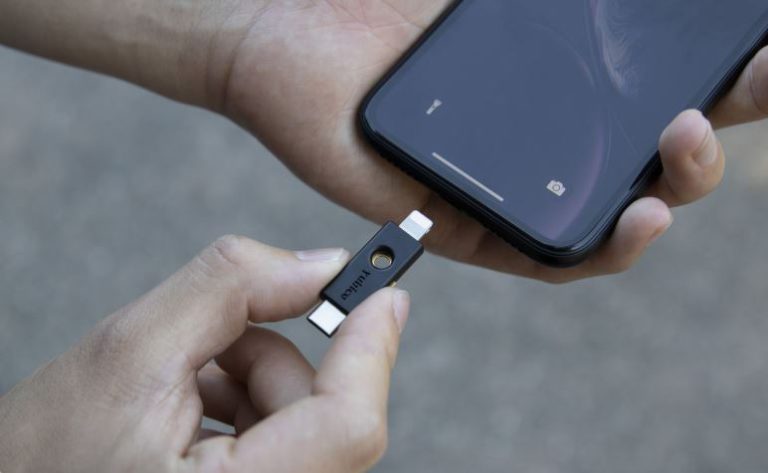

The workaround is to connect the Yubikey only when authenticating - immediately removing the Yubikey from the USB connection after completing an authentication attempt. However, if you primarily use the screen for input, this introduces a fundamental usability issue as you are repeatedly having to summon the keyboard with two additional targeted taps to the screen. When using an external keyboard device, in addition to a connected Yubikey, this may be less of a limitation. Whilst a USB keyboard is connected to an iPad or iPhone, the touch-screen “soft” keyboard is suppressed if your device has iOS14 or later installed, the soft-keyboard must be prompted to reappear for every keyboard input… as illustrated here: All USB devices declare a USB Device Type when connected to the host - as this determines how the host device will use the connected device.Ī Yubikey declares itself to be a USB Keyboard. Note published iOS limitations for USB-C Yubikey.ģ) Yubikey (and similar devices) that connect via USB effectively emulate a USB Keyboard device. iPhone does support NFC with Yubikey NFC you may need to use the Yubikey App.ģ) Both iPad and iPhone can support connection of USB with an appropriate adapter. Note the construct of that sentence - as this is perhaps key to understanding some of the challenges associated with Yubikey and similar hardware authenticators with iPad and iPhone.ġ) Authentication support is primarily limited to FIDO2/WebAuthn, U2F and OTP.Ģ) iPad does not support NFC - as iPad lacks any NFC hardware.

Support for Yubikey by iOS/iPadOS is, at best, limited. As a user of Yubikey, I’ll try to provide some definitive information.


 0 kommentar(er)
0 kommentar(er)
